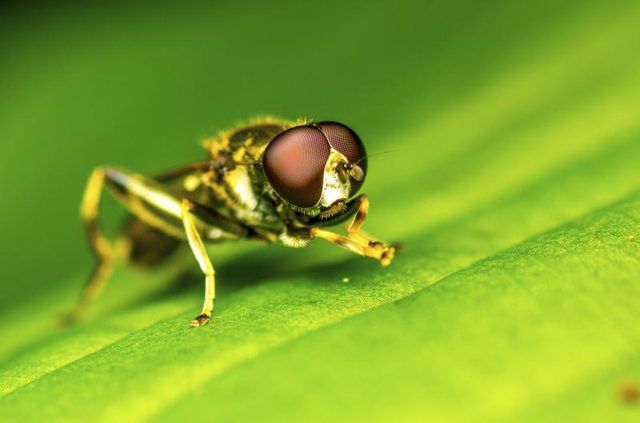Bulbs
Flower Basics
Flower Beds & Specialty Gardens
Flower Garden
Garden Furniture
Garden Gnomes
Garden Seeds
Garden Sheds
Garden Statues
Garden Tools & Supplies
Gardening Basics
Green & Organic
Groundcovers & Vines
Growing Annuals
Growing Basil
Growing Beans
Growing Berries
Growing Blueberries
Growing Cactus
Growing Corn
Growing Cotton
Growing Edibles
Growing Flowers
Growing Garlic
Growing Grapes
Growing Grass
Growing Herbs
Growing Jasmine
Growing Mint
Growing Mushrooms
Orchids
Growing Peanuts
Growing Perennials
Growing Plants
Growing Rosemary
Growing Roses
Growing Strawberries
Growing Sunflowers
Growing Thyme
Growing Tomatoes
Growing Tulips
Growing Vegetables
Herb Basics
Herb Garden
Indoor Growing
Landscaping Basics
Landscaping Patios
Landscaping Plants
Landscaping Shrubs
Landscaping Trees
Landscaping Walks & Pathways
Lawn Basics
Lawn Maintenance
Lawn Mowers
Lawn Ornaments
Lawn Planting
Lawn Tools
Outdoor Growing
Overall Landscape Planning
Pests, Weeds & Problems
Plant Basics
Rock Garden
Rose Garden
Shrubs
Soil
Specialty Gardens
Trees
Vegetable Garden
Yard Maintenance
How to Get Rid of Fruit Flies
How to Get Rid of Fruit Flies. Late summer and early fall are the height of harvest for most gardens and backyard orchards, but the bounty of fruit and vegetables attracts more than eager, hungry humans. Fruit flies reach their peak of activity with the help of warm, late-summer temperatures and your ripening produce. Not content to inhabit your...

Late summer and early fall are the height of harvest for most gardens and backyard orchards, but the bounty of fruit and vegetables attracts more than eager, hungry humans. Fruit flies reach their peak of activity with the help of warm, late-summer temperatures and your ripening produce. Not content to inhabit your garden, they are quick to hitch a ride inside. Keep your harvest and home pristine by stopping these persistent pests at their source.
Understanding Fruit Flies
Fruit flies (Drosophila spp.) common to gardens and kitchens are also known as vinegar flies. All types of fermenting liquids, including those found in overripe vegetables and fruit, attract these nuisances. Favorite garden annuals such as tomatoes (Lycopersicon esculentum), melons (Cucumis melo) and squash (Cucurbit spp.) as well as fruits in backyard orchards or vineyards catch their tiny red eyes. They gladly expand their diet with ripe produce from the local grocer once inside your home. Fruit flies can contaminate food and cause other fruit and vegetables to spoil.
Recognizing Their Potential
While adult fruit flies measure just 1/8 inch, the females lay prodigious numbers of eggs on the food that draws them. In their short 30-day lifespan, a single female can lay 500 to 700 eggs. In winter, it takes 70 days for a generation to mature. But when summer temperatures hover between 80 and 89 degrees Fahrenheit, fruit flies mature in less than a week. The eggs first hatch as 1/5-inch larvae, known as maggots, which feed on their food host. Once the maggots mature, those new flies carry damaging yeasts to other fruits and promptly start broods of their own.
Attacking the Garden Source
To rid your ripening harvest of pests, sanitation is the answer. Without a moist, fermenting food source, fruit flies move on. Clean your garden and the surrounding area thoroughly, and dispose of anything that might draw the pests. Look for ripe or rotting fruit or vegetables on the ground or pieces of discarded produce in garden debris. Don't ignore ripe fruits and vegetables still on your plants. Harvest ripe produce as soon as it's ready; don't let it overripen on the vine or in trees. Eliminate these pests in the garden before harvest stowaways set up breeding grounds inside.
Addressing Problems Indoors
If fruit flies persist in your home, they may be breeding nearby. They reproduce anywhere they find fermenting liquid: garbage disposals, slow-moving drains, spilled soda in your recycling bin -- even cleaning sponges. The best recourse is sanitation and scouring your home for the source. Once found, scour the breeding ground. Tape plastic wrap over suspect drains to see if flies accumulate beneath. A thorough scrubbing and boiling water eliminates the nest. Trap remaining flies with a small kitchen funnel, narrow end up, in a glass with vinegar bait in the bottom. Change the vinegar and dispose of flies daily and keep ripe produce safely refrigerated until use.